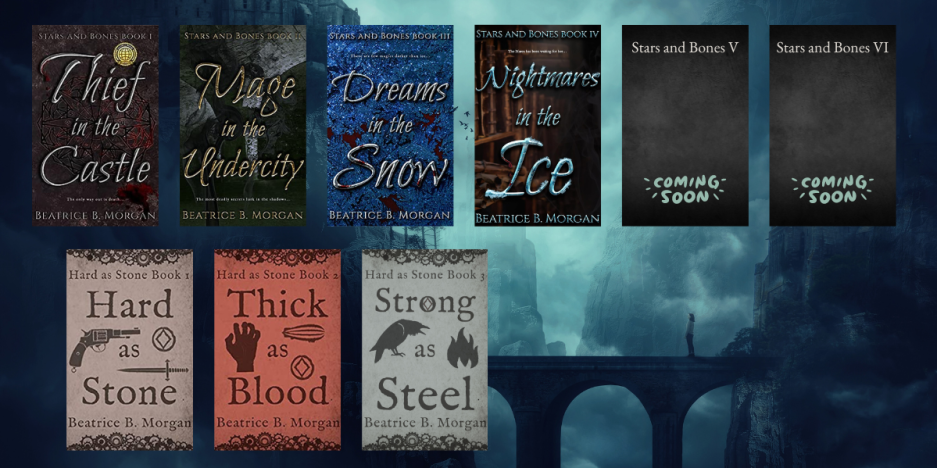During my family’s Christmas, my aunt announced the prayer by saying, “And now my husband, John, will say the prayer.”
My father, who’s not a writer, pointed out to me how odd it was of her to say that. We all knew who John was and his relationship to her. We didn’t need the reminder.
This is a perfect example of sloppy exposition – in this case, John is being introduced to a room of people that already know him. If the characters already know something, there is no need to re-educate them; it will appear as exposition for the sole purpose of informing the reader. Even people that don’t read much, like my dad, can sniff it out.
Folding exposition into a story’s opening is like trying to make salad taste good. You know you need to eat it. It’s necessary for your diet, but it’s so hard to eat. It’s not near as exciting as a taco, or as sweet as a cupcake, but without the salad the diet lacks. (Taco = action, cupcake = fluff)
A story is a balance of many things, and when put together well will produce a seamless clockwork. It is a balance of action and rest, of adventure and romance, of drama and comedy, of narration and summary, of character development and plot, of verbs and nouns, and dialog and prose. If one gear is a bit unbalanced, it off-sets the entire project with a ripple effect.
In my experience, exposition doesn’t get easier. I understand; you want to give all the information to the reader in the beginning so they can hit the ground running in chapter two, but it doesn’t help if they can’t get through chapter one’s grog.
My tip about exposition: give details that matter AS they matter.
Don’t give your character’s life story in the first chapter. It’s boring. Give only the details that matter to the scene as it unfolds – We know that Cinderella lives with her stepmom and stepsisters. We don’t need to know she is friends with the mice until the mice become part of the story. We know that Harry lives with his aunt and uncle who aren’t nice to him, we don’t need to know what his shoe size is, what he had for lunch the day before, or what his favorite color is. None of those things are relevant.
But how do you know when something is relevant and when it’s not?
The truth: you don’t. I cut out exposition left and right when I draft, in each revision. It’s better to overwrite and be able to snip here and there, than underwrite and realize that you’ve got to add. It’s one of those joys of writing.
